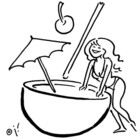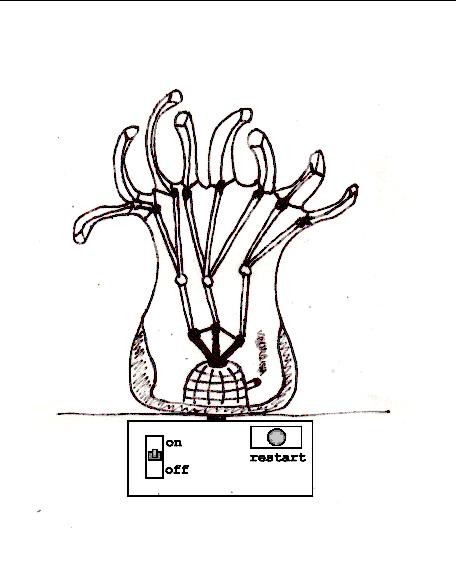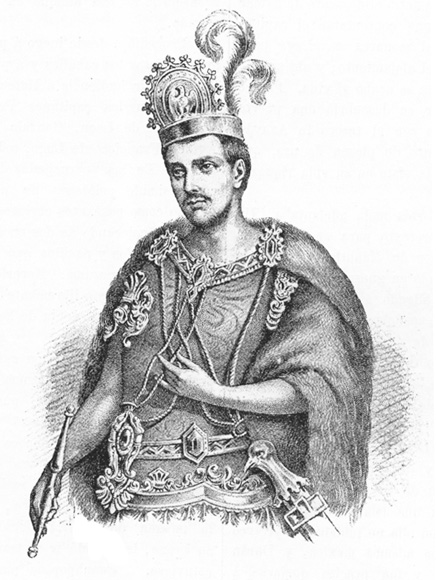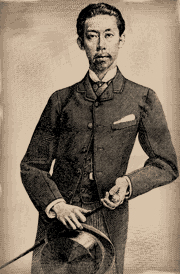An Exploration of the Correspondences of the Spanish Colonials
Dr. Scott G. Birdseye Curator of Drinking Vessels,
Imperial British Museum of House-wares and Cutlery
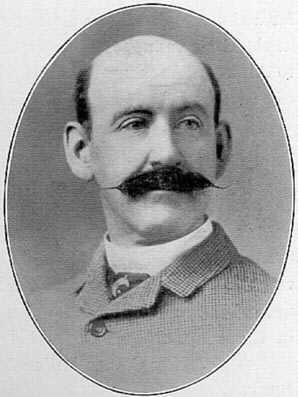
The early years of the sixteenth century saw a flood of new immigrants who came to the Americas. These emigrants from Spain took to their new home, founded cities and missions, waged wars, explored, traded, mined, farmed and proselytized. These settlers, businessmen and soldiers did not forget the Old World and maintained contact with their associates, families and rulers in Spain.
The letters they have written provide insight into the varying ways in which the Spaniards viewed the natural environment of New Spain and the natives which inhabited it. From the nobles, with their minds set on conquest, control and colonization; to the traders concerned with survival and profit; to the clerics seeking souls to convert and assimilate, each group of Spaniards saw the landscape and the Indians in a unique light relative to their own place in society and lot in life.
The nobility, the rulers of the encomiendas and subjugators of the land and its peoples, came to the new land for various reasons and found there the responsibility of founding and maintaining a new society under unique conditions.
Therefore, these encomenderos, governors, and viceroys burdened themselves with matters of logistics and sought to answer the difficult questions of where and how to settle in order to gain the most profit from their venture.

Pedrarias de Alvil, governor of Terra Firma in Panama, wrote to the king in 1525 and described the natural environment in terms of potential resources and value to Spanish settlement and colonization. In his writing about the native peoples, the governor spent little time discussing their culture or way of life, but rather referred to them in simple, quantitative terms describing only the location of their villages and giving rough population estimates.
The scant qualitative assessment he did give of the native peoples is in reference to their souls and to the practices involved in their conversions to Christianity. However, even in this portrayal, he limited himself once again to quantitative figures. Avila’s descriptions of the land and of the natives are consistent with his place in society and with the nature of the responsibility of his office. His discussions of matters of food supply, fresh water and large native populations are consistent with the important logistical decisions which had to be made in order to find suitable places to settle large colonies.
Other members of the nobility, such as Andres Chacon, an encomendero in Peru, tended to follow Avila’s type in their descriptions. While Chacon did describe the environment as “luxuriant” he also, through his descriptions, sought to precisely define luxury in numerical terms; including numbers of fig trees, grape vines and fish caught.

In describing the natives, Chacon also failed to differ from Avila in any significant way as he referred to the natives only in terms of the labor which they could provide.
Other Spanish nobles such as Don Luis de Velasco, viceroy of New Spain, saw the natives in two ways; first, as a potential danger to Spanish interests, but also as an important potential resource for supply and labor.
It makes sense, though, that the nobles would limit their views of nature and the natives and see them only as resources. Whether searching for settlement sites or maintaining large encomiendas, the artistic gives way to the pragmatic and the nobles, while limited in their views, were consistent with their times in describing these elements in terms of survival and eventual profit rather than in a more esoteric light.
Spaniards of the common class were not much different in their accounts of the nature and natives of the New World and such is fitting as both groups met with similar problems and tasks in America, the foundations of which were matters of survival and profit. Their letters, like many of the nobles’ writings, served a propaganda function as many commoners sought to entice relatives, particularly nephews, to join their ventures in the New World.
There were important differences between the writings of the nobles and those of the commoners, however, as the commoners, being lowlier in status, were more willing to view the natives as people rather than as resources. One such description of the natives can be found in the writings of Andres Garcia, a petty trader in Mexico City. He wrote to his nephew “the Indians are a nation held in much esteem.”
This statement about the natives was written as an explanation and defense of his marriage to an Indian woman and bears out his views of the natives.
While Garcia did not necessarily view them as equals of the Spanish, he did view them as actual people and was fully able to find happiness in taking a native as his wife. Unlike the nobles, he does not see them only in terms of souls to be converted or resources to be worked.

Other commoners, such as Martin Fernandez Cubero, a cloth trader, and Antonio Mateos, a farmer, also wrote to their nephews and described not only the profit which could be found in America, but also of the vast riches of the natural landscape.
In their attempts to lure their nephews to the New World with promises of wealth and inheritance, these commoners took time to put down their own thoughts on the environment of the Americas. While their descriptions are generally short, they paint a picture of a world of vast natural beauty and richness.
Other commoners’ descriptions however, did show a distinct difference. Alonso Morales, a tailor, wrote about the landscape not in terms of natural resources, but rather as an obstacle. His portrayal of a journey from the shore of Los Angeles tells about difficulties in dealing with climate and of the diseases which were rampant in the New World.
Together, the tales told by these common people show a different picture of the Americas than do the writings of the other classes of Spaniards. While others did show only the best sides of the new areas, others were more willing to show some of the dangers encountered in the environment; and while the nobles’ descriptions tend towards quantification some commoners describe good relations between natives and Spaniards and view the Indians as something other than labor and souls to convert.
Conversion of the Indians to Christianity was the concern primarily of the Spanish Clergy, of which there were a great many in New Spain.
Conversion being their concern, the clerical view of the native peoples was one based almost solely on occupation. Both the regular and secular clergy viewed the natives in a paternalistic way and saw the Indians, in varying ways, as children, sometimes to be pitied and other times to be punished for disobedience.
Bishop Fray Francisco de Toral of Yucatan typified this idea of the natives. He described the oppression of the Indians at the hands of the governor and viewed the Indians as “hapless,” unable to understand or act upon their situation in a proper manner.

While the Bishop did not view the Indians in a particularly good light he did see it as his paternalistic duty to protect them. Franciscan monk, Fray Pedro de Gante, also held to this paternalistic idea, but tended to view the natives as fully capable people and described their many accomplishments and abilities; particularly their talent as scribes, speakers and singers.
Gante also, however, felt great pity for the Indians, especially the extreme poverty of their situation, and called for the Spanish to care for them and protect them as a father cares for his children. This same paternal view was also held by Dominican monk Fray Andres de Moguer, who described the natives as disobedient and delinquent and even called for their punishment. These clerical views of the Indians, as expressed by the writings of the Spanish Catholics, indicate the ways in which occupation and status influenced the people’s views of nature and the natives.
Throughout their writings, the Spanish emigrants of varying classes and professions illustrate how one’s own place in society can dictate his or her own views of the natural world and other people. While the nobility saw the New World and it’s peoples as resources to be worked in order to gain profit, the clerics saw themselves as the spiritual fathers of the natives, as protectors and disciplinarians. The common people saw new peoples with which to interact and new lands which could provide unknown economic security. In each of these three cases, the status and occupation of the letters’ authors influenced their views of nature and native peoples.




